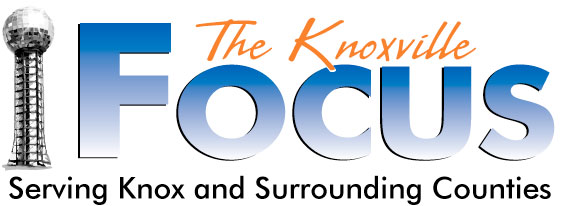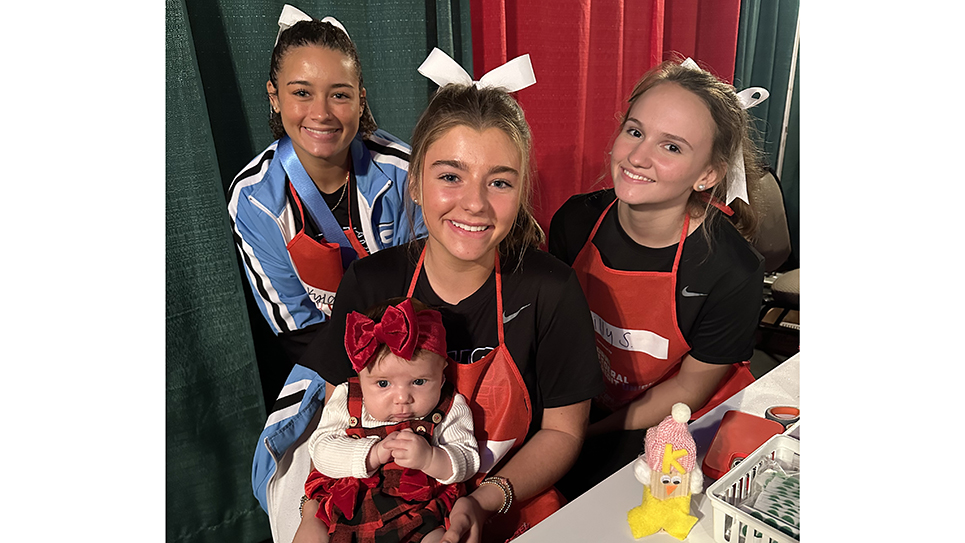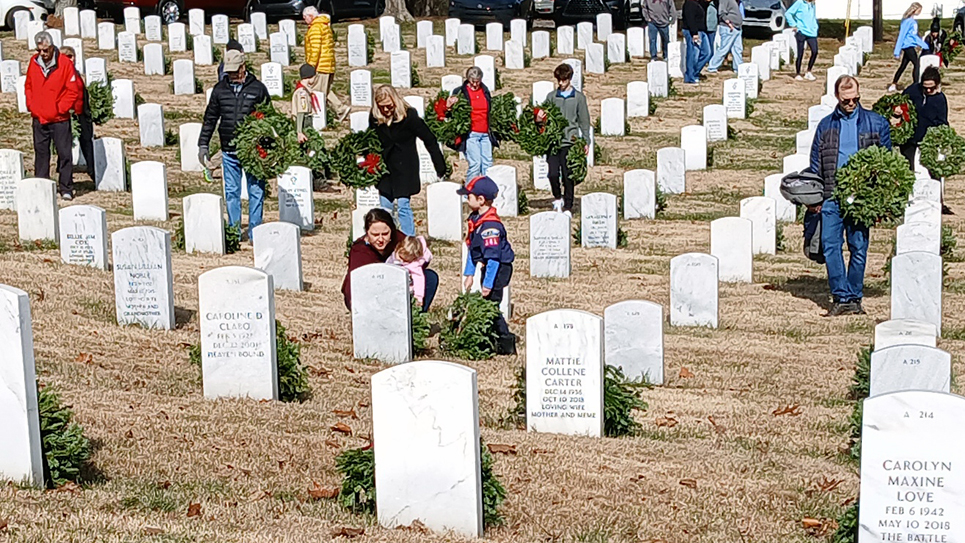My Golf Game Is Unbelievable (Part Two)
By John J. Duncan Jr.
duncanj@knoxfocus.com
Anyone who has ever played golf at Holston Hills Country Club will be amazed, or at least get a kick out of this: I once hit a 16 on the eighth hole – the shortest, easiest hole on the course.
I was nine years old and was playing golf for the very first time. Paul Owen, the Holston Hills golf pro, had told me that whether you play nine holes or 18 holes, play every hole and count every stroke, and don’t give up or be a quitter.
On hole 8 that day, I hit a drive into a sand trap, took 13 shots to get out of the sand, and then two-putted for a 16. I guess it is a wonder that I didn’t give up on golf for good that day.
I ended that day with a score of 119 on nine holes, but a week or two later, I improved to 100. I can’t tell you my score on even the most recent days, but I have never forgotten those first two.
I remember the 100 score for a funny reason. That day, my Dad was meeting on the patio of the club with Harry Dalton, the farm director of the Baltimore Orioles. They reached an agreement for the Knoxville Smokies to become a minor league affiliate of the Orioles.
When I came in from my golf game, Mr. Dalton asked me what my score was. When I told him 100, he said, “My, that is a good score for a boy like you.” I told my Dad later, “I bet he thought I played 18 holes.”
I guess I played more golf with the late Bill Vaughan than anyone else. He used to tell people, “Duncan hits the ball a mile, but there is no zip code on it.”
I did hit the longest drive in two different tournaments, but one was in 1995 and the other was in 2002. I don’t hit the ball quite as far now.
My friend and former City Councilman Joe Bailey used to be able to hit the ball a long way. I would jokingly say, “The day I can’t outdrive Joe Bailey is the day I give up this game.” But he always hit from tees placed much further back than me, and I doubt I ever really outdrove him.
Probably the best day I ever had at Holston was in a tournament in honor of Joe’s father, Ed Bailey. That day, I hit eight pars and two birdies and came in second behind a former major league baseball player named Tim Foli.
Foli was a scratch golfer, which means he was great, and I came in second only because my handicap was 18, which means I got to take 18 strokes off my score, terms golfers will understand.
Another frequent playing partner was my longtime friend Larry Cox. One day, just the two of us were playing the 16th hole at Holston, which is an uphill par 4. Larry hit a short drive into a sand trap, his second shot was barely out of the trap, and then he hit his third shot about 125 yards into the hole.
I hit a decent drive, which stopped about three or four yards into the left rough, and hit my second shot straight and high, but about ten yards off to the left of the green. I then took a 7-iron and punched my ball into the hole. Both of us had birdied the hole, and neither of us had putted.
I have always said if I ever write a book on golf, the first sentence will be, “The problem with golf is the next shot always counts.” I have messed up many beautiful drives with bad second shots. In fact, I think I have a better chance to par a hole if I have a bad tee shot.
I had the opportunity to play Augusta National two days in a row thanks to my friend John Corcoran, who grew up in Knoxville, and I birdied the seventh hole. I played there again a few years later, and I missed a four-foot birdie putt on 15 and the par putt coming back.
During my first year in Congress, a Knoxville lawyer wanted to play on the famous Burning Tree golf course just outside of Washington, D.C. John Corcoran was a member there, too, and he got us on the course.
It was a cold October day, and the only other people we saw on the course were former Speaker of the House Tip O’Neill and Fred Rooney, a former Democratic congressman from Pennsylvania.
When Fred Rooney found out who I was, he said, “Your Dad was the only man I ever knew who never had an enemy in this town (meaning Washington).” That was one of the nicest of the many, many compliments I heard about my father over the years.
Finally, I refuse to call sand traps “bunkers.” Before golf went high class, everyone called them sand traps, and for me, they are and always will be traps.






